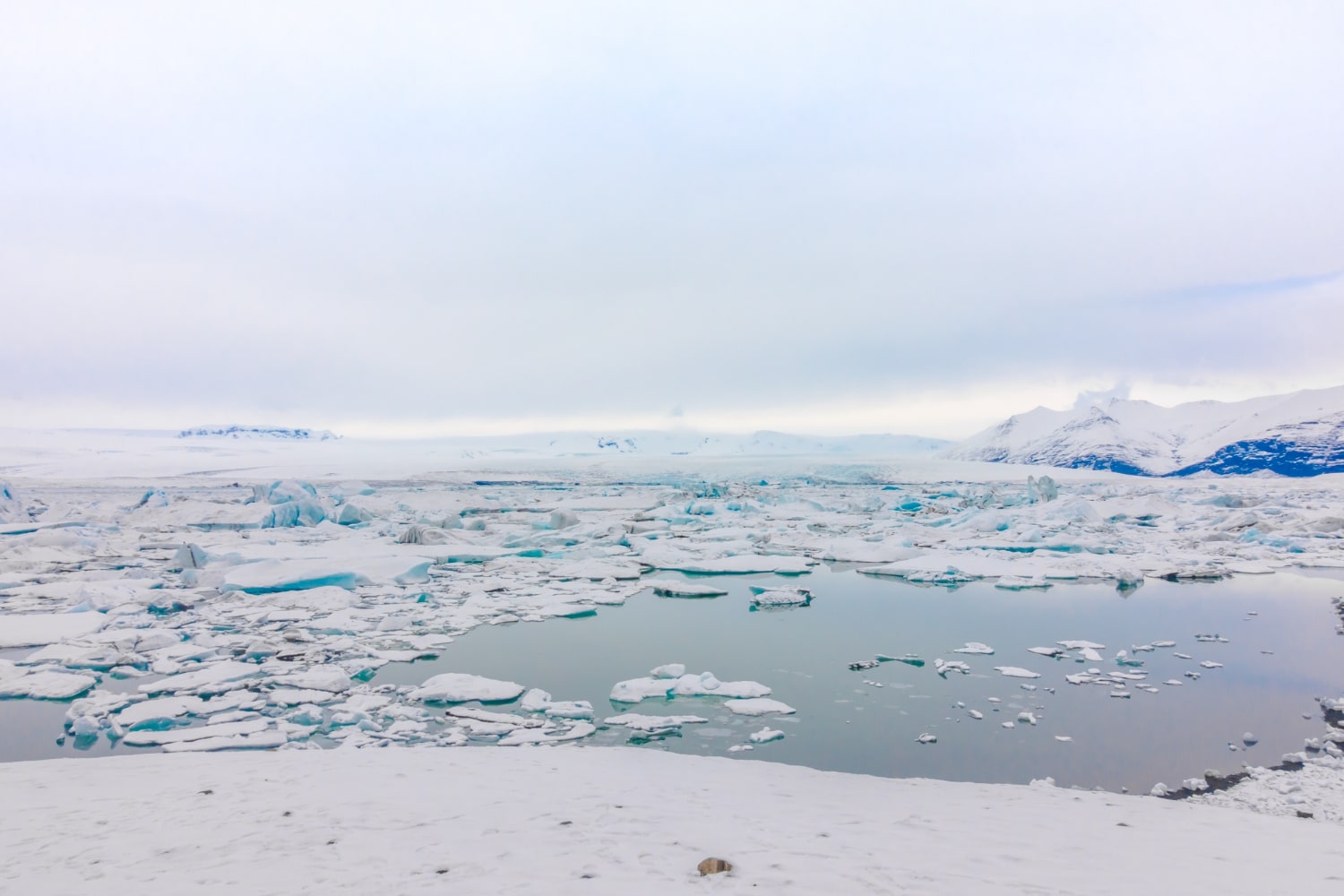The Arctic Ocean is the smallest and northernmost ocean on Earth, yet its significance in the global ecosystem cannot be overstated. This icy body of water holds many mysteries, fascinating natural processes, and unique phenomena. It is a key area for scientific research, a focus of geopolitical interest, and home to a wide variety of Arctic species. Here are some interesting and educational facts about the Arctic Ocean that you may not have known before.
- The Arctic Ocean is the smallest of all the oceans, covering approximately 14 million square kilometers. It is nearly five times smaller than the Pacific Ocean. Despite its size, it plays a crucial role in regulating the Earth’s climate and environmental balance.
- The North Pole is located in the Arctic Ocean, making it one of the only two places on Earth where every direction points south. It is covered with drifting sea ice and has no permanent landmass. This point remains one of the most inaccessible locations on the planet.
- The sea ice in some areas of the Arctic Ocean can reach three to four meters in thickness, and some icebergs can rise tens of meters above the water. Ice melts partially in summer and refreezes in winter, but due to climate change, the extent of perennial ice is continuously shrinking. This impacts sea level and the survival of many Arctic animals.
- The temperature of the water beneath the ice usually ranges from -1.8 to 0 degrees Celsius. The salinity of the Arctic Ocean is lower than in other oceans because of melting ice and freshwater inflow from rivers. This creates unique living conditions for marine organisms.
- The Arctic Ocean borders five countries: Russia, Canada, the United States (via Alaska), Norway, and Denmark (via Greenland). These nations have strategic interests in the Arctic, particularly because of natural resources on the continental shelf. As the ice melts, the geopolitical importance of the region continues to grow.
- The ocean includes several marginal seas, such as the Barents, Kara, Chukchi, and Laptev Seas. Each of these has distinct climatic conditions, salinity levels, and ice thickness. Together, they form a complex and interconnected Arctic marine ecosystem.
- The Arctic Ocean is home to rare and specialized animals such as polar bears, walruses, bowhead whales, and narwhals. These species have adapted to extreme cold and often rely on sea ice for hunting. Their existence is closely linked to the presence of stable sea ice.
- In summer, the Arctic experiences a phenomenon called the polar day, during which the sun does not set for several weeks. In winter, the polar night sets in, and darkness lasts for months. These extreme light cycles affect the behavior and life cycles of marine organisms.
- One of the major environmental concerns in the Arctic is oil and gas exploration. Extracting resources in such harsh conditions carries a high risk of ecological disaster. Environmental groups advocate for protecting the Arctic as a global natural heritage.
- The Arctic Ocean features strong currents, including the Transpolar Drift, which transports water and ice from Siberia to Greenland. These currents are part of the global ocean circulation system. They also influence weather and climate patterns across the Northern Hemisphere.
- Due to global warming, Arctic sea ice is melting faster than previously predicted. In some years, the Northern Sea Route along the Russian coast becomes navigable during summer. This opens new shipping routes but also poses a threat to fragile ecosystems.
- Scientists use nuclear submarines and icebreakers to study the Arctic Ocean, as most of its surface is covered with thick ice. The harsh environment often damages research equipment and limits exploration. Nevertheless, the Arctic remains one of the least explored regions on Earth.
- A prominent geological feature of the ocean is the Lomonosov Ridge, which stretches across the ocean and may be an extension of the continental shelf. Several countries have laid claims to this area to expand their exclusive economic zones. Geological surveys here are important for both scientific and political reasons.
- Beneath the ice lie entire ecosystems based not on photosynthesis but on chemosynthesis. This means that some organisms derive energy from chemical reactions rather than sunlight. These life forms may provide insight into survival in extreme environments, including those beyond Earth.
- The Arctic Ocean was the last of the world’s oceans to be thoroughly mapped and studied. Many of its regions remain poorly understood even today. Scientists believe that it holds key information about climate change and the geological history of our planet.
The Arctic Ocean is far more than a frozen wasteland. These fascinating facts highlight its immense importance for the Earth’s climate, ecosystems, and scientific discovery. You may not have realized how vital the Arctic is to the planet’s overall balance. Understanding its role helps us appreciate the deep connection between nature, science, and humanity.





